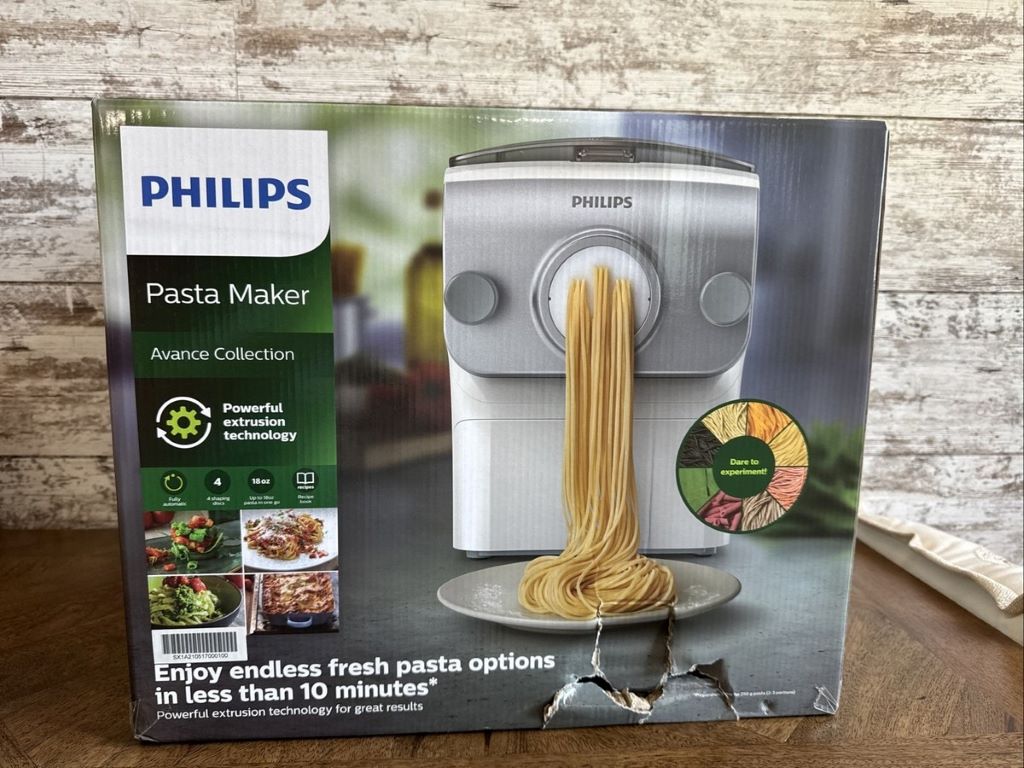Wine can be a real diet destroyer – in some cases having more impact on your figure than ice cream. There are some new skinny varieties, however, which could help you to indulge occasionally without piling on the pounds.

Some 250ml glasses of traditional wine contain around 280 calories, which is more than a Magnum ice lolly, and even smaller 175ml glasses can have the same effect on your calorie intake as a slice of Madeira cake.
Thankfully, wine manufacturers have cottoned on to the concerns of dieting drinkers and have started to produce low-calorie versions. One of the latest on the market is a form of pink champagne.
Known as Skinny Rose, the drink from G Tribaut contains only 275 calories in a complete bottle – around half the amount it would normally contain. A traditional 126ml glass of pink Champagne would normally set you back 80 to 90 calories, but the new version has a calorific price tag of under 50 calories.
How Wines Get Skinny
The secret behind the new breed of skinny wines and Champagnes is their sugar content. All types of wine from retailers such as online wine merchants in Northern Ireland contain natural sugar because of the grapes, but most then have more added. Skinny Rose, however, is a ‘zero-dosage’ drink, meaning that no further sugar is added. The result is a tarter, drier drink.

The amount of alcohol in a drink is also a factor in how many calories a glass will contain. Alcohol has around the same number of calories in a gram as fat (around seven), meaning that the more alcohol a wine contains, the more calories it will have.
Champagne generally has an alcohol content of around 12 per cent, which is less than other wines, making it popular among calorie counters and people looking to minimise their alcohol intake. Information about safe drinking limits can be found at http://www.nhs.uk/Change4Life/Pages/alcohol-lower-risk-guidelines-units.aspx.
Choosing Your Tipple
If you’re looking to cut the calories, you should go for wines from suppliers such as http://thewinecompanyni.com/ containing under 12 per cent of alcohol. These are usual sparkling wines, roses or whites, as most reds have higher alcohol contents.
Grape varieties can also give an indication of how much alcohol a drink is likely to contain. Those which generally originate in cooler climates have naturally lower alcohol levels.

